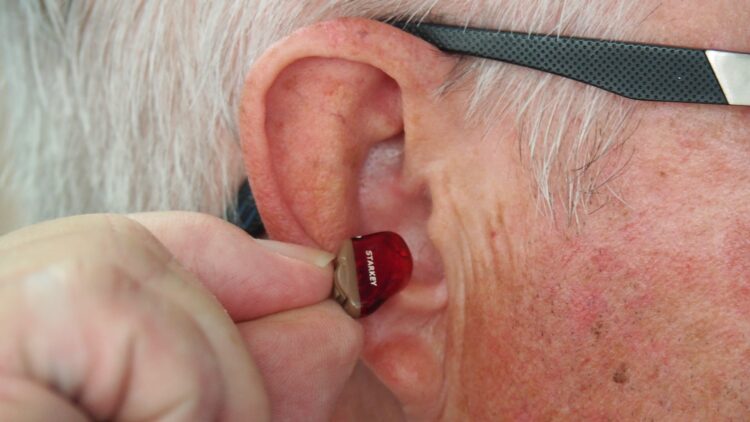Introduction
Hearing loss is a common problem that affects millions of people worldwide. Fortunately, technology has made significant advancements in recent years, providing new solutions for those with hearing impairments. These innovations allow individuals to hear the world around them more clearly and participate fully in conversations and activities.
1. Hearing Aids
Hearing aids have been around for a long time, but modern advancements have made them smaller, more efficient, and more comfortable to wear. They are now equipped with digital signal processing technology, which filters out background noise and amplifies specific frequencies to enhance speech recognition.
2. Cochlear Implants
Cochlear implants are designed for individuals with severe to profound hearing loss. They consist of an external speech processor and an internal implant that stimulates the auditory nerve. This technology bypasses the damaged parts of the ear and directly stimulates the nerve, allowing individuals to perceive sound signals.
3. Captioning Technology
For the hearing impaired, watching television, movies, or attending live events can be a challenge. Captioning technology provides real-time subtitles, enabling individuals to read what is being said. This innovation ensures that the deaf community can fully enjoy audiovisual content without relying solely on their hearing.
4. Assistive Listening Devices
Assistive listening devices help individuals with hearing impairments communicate more effectively in various settings. These devices include personal amplifiers, which enhance sound levels in specific environments, and FM systems, which transmit sound directly to hearing aids or cochlear implants.
5. Smartphone Apps
Smartphone apps have become incredibly useful for individuals with hearing impairments. There are apps that convert spoken words into text, allowing deaf individuals to read conversations in real-time. Other apps provide audio adjustments for phone calls, making it easier to hear and understand the person on the other end of the line.
Conclusion
Thanks to these tech innovations, individuals with hearing impairments can now experience a world of improved communication and accessibility. These advancements help them hear the future, enabling them to connect with others, enjoy audiovisual content, and participate fully in society.










